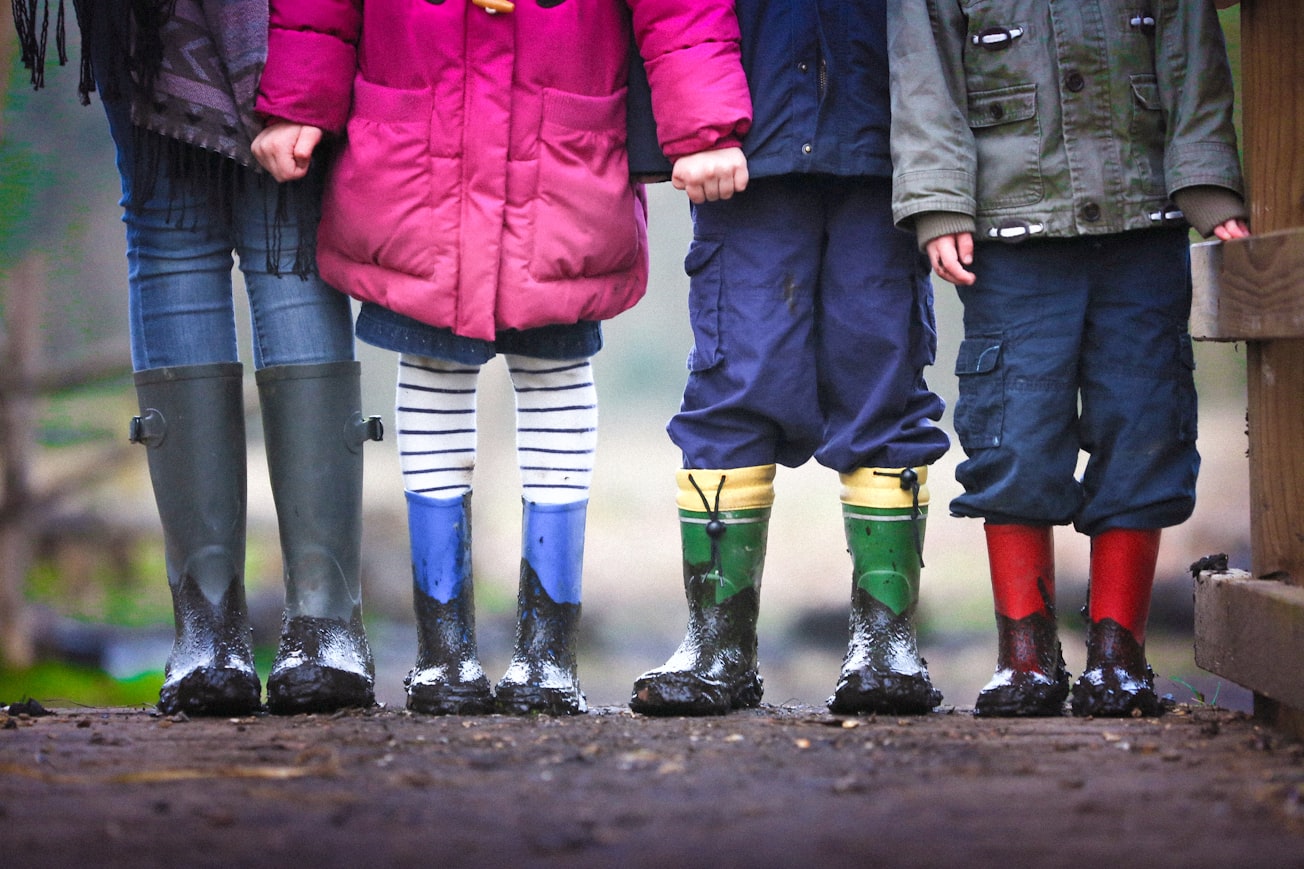What is it about?
To identify, summarise and evaluate evidence on the correlation between perceived and actual neighbourhood safety (personal and road danger) and diverse forms of outdoor active mobility behaviour (i.e, active play, exercise, and travel) among primary-school-aged children.
Featured Image

Photo by Ben Wicks on Unsplash
Why is it important?
The first systematic review that synthesize evidence from observational studies exploring children’s active mobility behaviour and safety
Perspectives
important findings on how children are restricted by perception of safety and inequality in children lives in unsafe perceived neighborhood to accumulate daily active behaviour. Encouraging children’s active travel may require future strategies to address characteristics relevant to types of the neighbourhood that promote a high sense of personal safety. Children and parents may embrace other types of active mobility behaviour if road danger is mitigated. Sex/gender and age-specific interventions and redesign of public places could lead to child-friendly cities. Future studies may benefit from adopting validated measurement methods and fill existing research gaps.
Roula Zougheibe
Curtin University
Read the Original
This page is a summary of: Is there a correlation between children’s outdoor active mobility behaviour and neighbourhood safety? A systematic review of the evidence, BMJ Open, July 2021, BMJ,
DOI: 10.1136/bmjopen-2020-047062.
You can read the full text:
Contributors
The following have contributed to this page










